Monella: Navigating the Line Between Eroticism and Pornography
“Monella,” an Italian erotic comedy film directed by Tinto Brass and released in 1998, has been a subject of fascination and debate since its release. Set in the 1950s, the film tells the story of Lola, a free-spirited and sexually adventurous young woman who revels in pushing the boundaries of societal norms. With its explicit content and bold approach to sensuality, “Monella” raises important questions about the fine line that separates eroticism from pornography in the realm of cinema.
The Art of Eroticism:
Eroticism in film is a well-established genre, often celebrated for its ability to explore human desire and sensuality in an artistic and tasteful manner. Directors like Bernardo Bertolucci and Pedro Almodóvar have masterfully incorporated erotic elements into their works, creating films that are both visually captivating and intellectually stimulating. Eroticism, when done right, can be a powerful storytelling tool that allows for a deeper exploration of human emotions, relationships, and the complexities of desire.
“Monella”: Provocative or Pornographic?
“Monella,” however, has often been labeled as controversial due to its explicit sexual content. The film’s unapologetic approach to sensuality, including numerous explicit scenes, has led to debates about whether it crosses the line into pornography. The distinction between eroticism and pornography in cinema is subjective and often influenced by cultural and societal norms. While some argue that “Monella” explores eroticism in a liberating and artful manner, others see it as gratuitous and pornographic.
Tinto Brass, known for his exploration of sexuality in film, defends “Monella” as a celebration of sexual freedom and a rejection of societal constraints. He contends that the film’s explicit content serves to challenge traditional norms and provoke thought about the nature of desire and societal hypocrisy.
The Role of Context:
One key factor in the debate over “Monella” is the context in which it is presented. Erotic films with artistic merit, such as “Last Tango in Paris,” are often seen as legitimate expressions of cinematic artistry. The storytelling, character development, and cinematography play crucial roles in elevating these films beyond mere titillation.
In contrast, pornography is primarily concerned with explicit sexual content for arousal and lacks the narrative and artistic elements that distinguish cinema as an art form. The line between the two becomes blurred when explicit content is gratuitously inserted into a film without a compelling narrative purpose, potentially diminishing its artistic value.
“Monella” remains a contentious film that challenges our perceptions of eroticism and pornography in cinema. While it pushes boundaries and provokes discussion, the debate over whether it crosses the line into pornography ultimately hinges on individual perspectives and cultural norms.
In the realm of film, the distinction between erotica and pornography is nuanced and often subjective. It is a delicate balance that depends on the context, intent, and artistic merit of a work. “Monella” serves as a reminder that exploring the thin line between erotica and pornography in cinema can be a thought-provoking and controversial endeavor, leaving audiences to ponder the complex relationship between sensuality, storytelling, and artistic expression in the world of film.
Click here to watch the movie!
Read every other article here



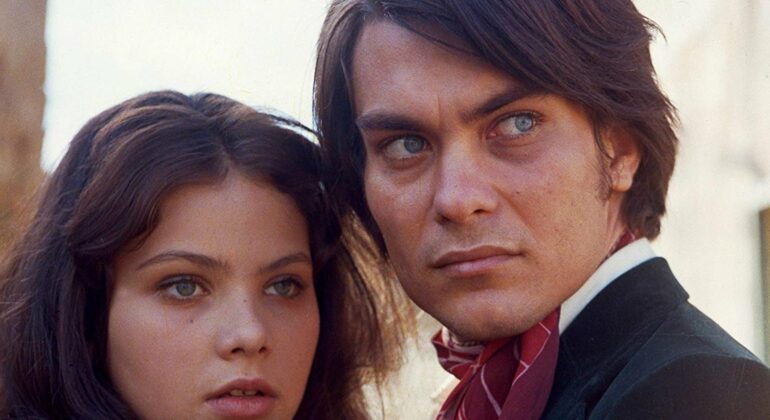
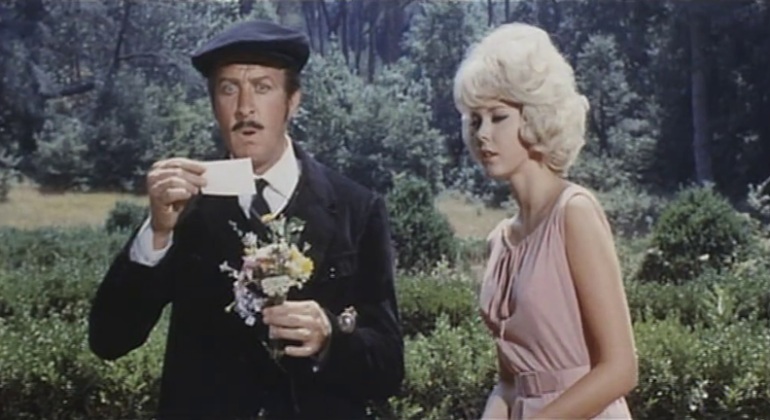

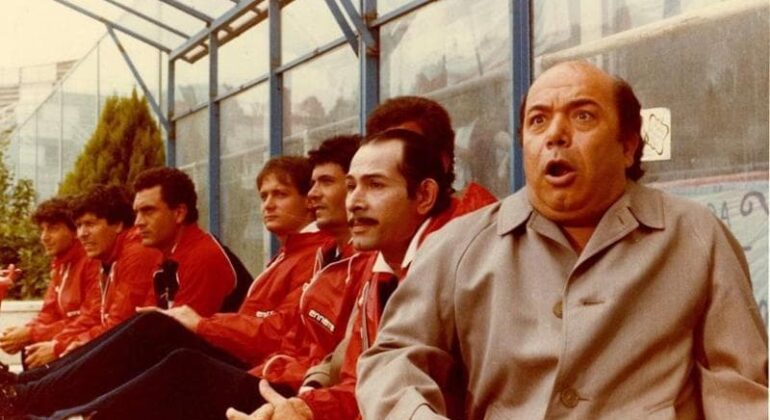
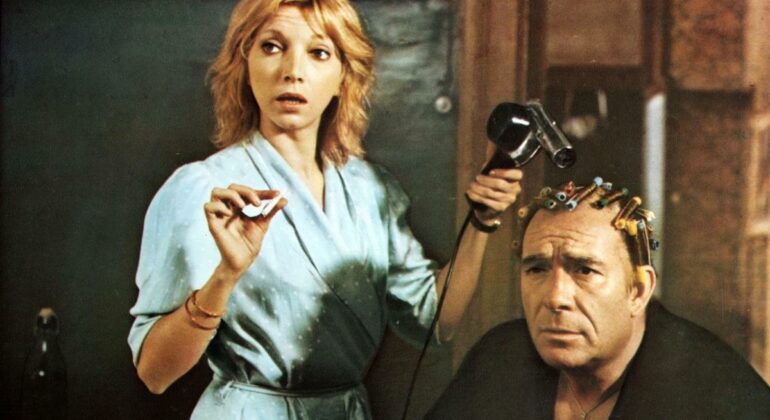
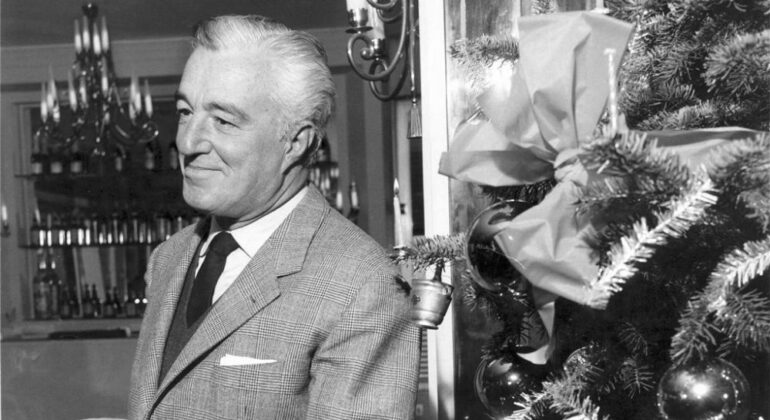
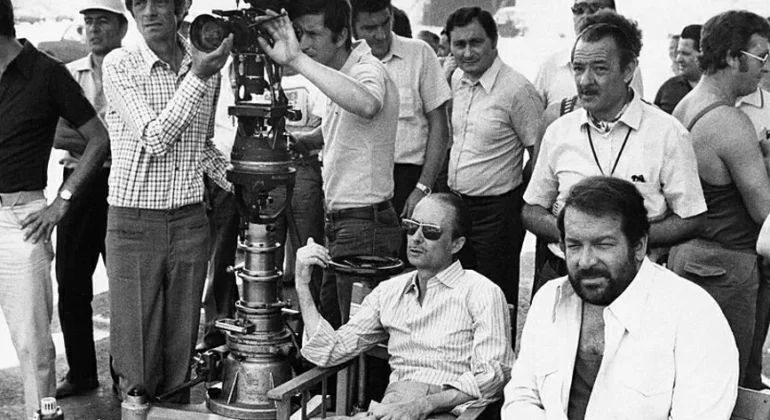
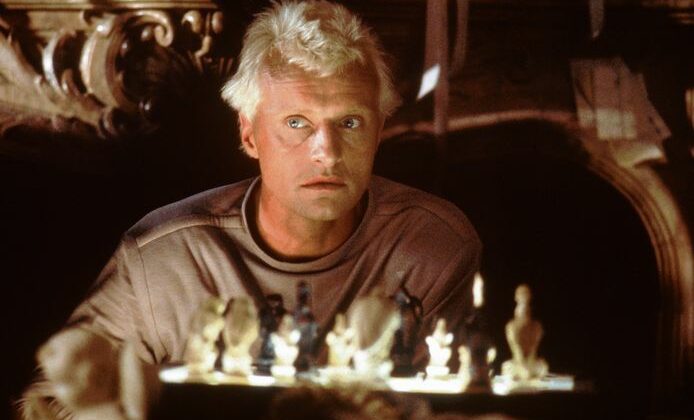
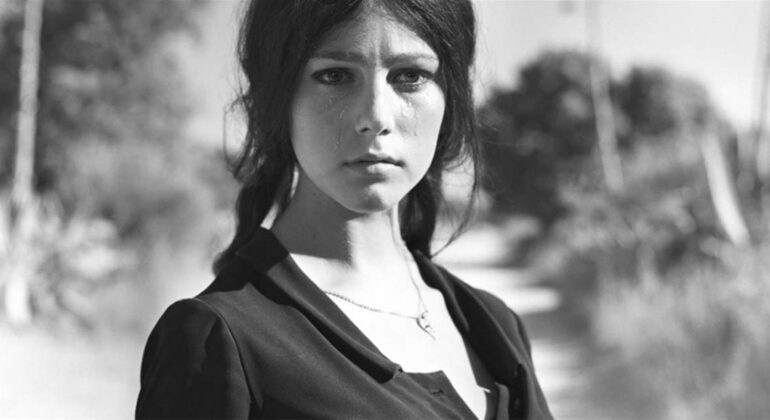




Recent Comments